|
BACKGROUND
The BRE Trust (http://www.bre.co.uk/bretrust/) which supports the BRE Chair in Fire Safety Engineering, is a research and education charity for the public benefit, registered by the Charity Commission (registered charity number 1092193). It was created to ensure that BRE remains independent of specific commercial interests, and retains its reputation for objectivity and impartiality in research and consultancy. All of the companies owned by the BRE Trust contribute their profits to supporting the Trust’s mission to promote and support excellence and innovation in the built environment for the benefit of all.
The BRE Trust achieves this by funding and managing a strategic research programme in the built environment sector. Fire protection research, consultancy, testing and certification activities are undertaken by BRE Global Ltd which incorporates the Fire Research Station (FRS) and the Loss Prevention Certification Board (LPCB) and has been a world leader in fire safety research since its establishment in 1947 and recognised as the UK’s national fire research and fire safety centre. It continues to be involved with major fire incident investigations which have included Flixborough, Ronan Point, Summerland, Piper Alpha, Kings Cross, the Channel Tunnel fires and more recently the Rose Park Care Home and Atherstone on Stour.
Research
The University of Edinburgh has a long tradition in Fire Safety Engineering research and education and is recognised internationally for its work over the last forty years. This has been characterised by innovative research and the education of several of the current leaders in the field. The programme was considerably increased in both size and breadth during the past decade by the development of new state-of-the-art experimental facilities (Fire Labs I & II); the refurbishment of space for Fire & Structures research; and the addition of four new academic staff members in support of the Structures and Fire degree courses. The Fire Safety Engineering Group at the School of Engineering in the University of Edinburgh (http://www.see.ed.ac.uk/fire/) is involved in a wide range of research subjects and is also deeply involved in setting the direction for the practice of Fire Safety Engineering globally. Their objective is to develop a co-ordinated approach to performance-based Fire Safety Engineering Design. This work may be subdivided in several focus areas, including:
• Fire dynamics (ignition and fire growth)
• Fire behaviour of materials
• Fire modelling and integrated numerical simulation
• Fire Safety Engineering methodology
• Structural Fire Engineering
Teaching
At present the School of Engineering offers a number of courses directly related to Fire Safety Engineering. These include:
• The BEng/MEng in Structural Engineering with Fire Safety;
• The MSc in Structural and Fire Engineering (SAFE); and
• The Erasmus Mundus joint International MSc in Fire Safety Engineering (joint with Lund and Ghent).
The BRE Centre currently organises two Continuing Professional Development (CPD) short courses through The University’s Office for Lifelong Learning (http://www.lifelong.ed.ac.uk/); one on ‘Fire Science and Fire Investigation’, and another on ‘Fire Dynamics and Fire Safety Engineering Design’. The successful candidate would be expected to participate and take the initiative in new CPD ventures.
JOB DESCRIPTION
You will be expected to contribute to research in the Institute for Infrastructure and the Environment and teaching and administration in the School of Engineering. You will be expected to:
• identify and propagate visions for new research
• generate substantial external research funding and deliver significant output
• lead and expand a group of academics, research staff and PhD students
• publish in quality peer-reviewed research journals
• contribute to teaching to masters level, in the School of Engineering, particularly in areas relevant to Fire Safety Engineering.
• undertake appropriate administrative duties
• contribute to the intellectual wealth and collegiate environment of the School.
Responsibilities: Research and Leadership
You will initiate, perform and deliver fundamental and applied research that complements and integrates with other appropriate research areas in the School.
You will be expected to:
1. Initiate, plan, lead, perform and deliver research into fire safety engineering. The University of Edinburgh aims to retain and expand its international position in this research domain.
2. Demonstrate and deliver internationally-evident quality research, leadership and publishing activity.
3. Generate UK, European and international funding to support this research and establish it in the world arena.
4. Lead and expand a vibrant and interactive group of academics, research staff and PhD students within the Institute for Infrastructure and Environment.
5. Develop graduating fire safety engineering professionals and early career researchers, by means of BEng, MEng, MSc teaching and doctoral training.
6. Create, lead and participate in collaborative research projects.
7. Include in the above collaborative research projects relevant industrial partners.
8. Participate in Knowledge Exchange using standard University policies and procedures.
Responsibilities: Teaching
The School’s degrees in Civil Engineering are accredited by the Joint Board of Moderators (The Institution of Civil Engineers, the Institution of Structural Engineers, the Chartered Institution of Highways and Transportation, and the Institute of Highway Engineers). In addition to the degrees associated with fire safety engineering, the School also offers the following:
• Civil Engineering (H804/H800)
• Structural and Fire Safety Engineering (H225/H224)
• Structural Engineering with Architecture (H225/H224)
You will be expected to provide vision and leadership in the ongoing development and delivery of courses on degrees with particular emphasis on Fire Safety Engineering.
You would be expected to participate and take the initiative in new CPD ventures such as those currently organised by the BRE Centre through The University’s Office for Lifelong Learning (http://www.lifelong.ed.ac.uk/): ‘Fire Science and Fire Investigation’; ‘Fire Dynamics and Fire Safety Engineering Design’.
Further details are available on the undergraduate degree programmes are available from the School website and the University websites. The School runs a growing range of successful MSc programmes on which the candidate will be expected to contribute teaching and project supervision.
Responsibilities: Administration
You will become the Director of the BRE Centre for Fire Safety Engineering and will also be expected to undertake and deliver senior administrative duties within the Institute and School or in the wider University environment, where appropriate.
PERSON SPECIFICATION
You will be expected to meet the following essential requirements:
• The vision to generate and deliver an internationally recognised research agenda in Fire Safety Engineering.
• An internationally-evident reputation for performing quality research in areas relevant to fire safety Engineering and its implementation, including a record of obtaining funding for research (particular attention will be paid to applicants with expertise in fire dynamics, and/or combustion).
• A significant number of high quality peer-reviewed journal publications.
• Demonstrable success in winning research funding, team building and delivery of research outcomes, including collaborative research with industry.
• Demonstrated excellent academic and research leadership.
• Excellence and commitment as a motivated and proficient educator in Higher Education.
• The ability to teach required subjects with highest proficiency across the range of teaching provision.
• Excellent communication, presentation and organisational skills and high proficiency in written and oral English language.
Desirable Requirements
• Significant experience of working with industry on both research and consultancy projects and managing/maintaining growing industrial partnerships.
THE INSTITUTE FOR INFRASTRUCTURE and ENVIRONMENT
Fire Safety Engineering research is conducted within the Institute for Infrastructure and Environment: http://www.eng.ed.ac.uk/research/IIE/
The Institute is shaping the development of better technologies to improve the built and natural environments. In addition to the BRE Centre for Fire Safety Engineering, the Institute conducts similarly excellent activities in the following areas:
• Fire Safety Engineering (including fire initiation and propagation, fire growth, compartment fire dynamics, fire chemistry and material flammability and the structural response of materials and buildings to fire conditions);
• Structural Engineering (including theoretical, computational and experimental research covering shell structures; granular solids mechanics and handling, structural mechanics in medicine, and FRPs in structural engineering);
• Non-Destructive Testing (including NDT of concrete and masonry bridges, NDT of railway trackbed, forward numerical modelling of NDT);
• Construction Management (including construction process simulation and management); and
• Environmental Engineering (including membrane technologies, water and wastewater treatment, and water treatment for developing countries).
The Institute is located in the Alexander Graham Bell building (opened in 2004) and the William Rankine building (opened in 2006) and currently has eighteen FTE academic staff, including six Professors, two Readers, six Senior Lecturers and four Lecturers.
Laboratory Facilities
There are nine main teaching and research laboratories in Civil and Environmental Engineering. Those directly relevant to the current post include:
• Fire Lab I – The Rushbrook Fire Safety Laboratory (including cone calorimeter, 0.5MW furniture hood, and Flame Propagation Apparatus);
• Fire Lab II – The Fire and Materials Laboratory (including high temperature mechanical and thermal characterisation equipment);
• The Structures Large Test Hall (recently underwent a £500K refurbishment and now allows for medium-scale structural fire tests using radiant panel arrays); and
• The Light Structures and Materials “Clean” Laboratory.
Access to other equipment for e.g. mass spectroscopy, thermogravimetric analysis, dynamic mechanical thermal analysis, etc, are available within the School of Engineering.
Edinburgh Research Partnership in Engineering and Mathematics
The School of Engineering is a founder member of the Edinburgh Research Partnership in engineering and mathematics (ERPem), a consortium involving the University of Edinburgh, Heriot-Watt University and Edinburgh Napier University, set up in 2006 with SFC/OST investment. The ERPem is organised into six Joint Research Institutes (JRIs) dedicated to world-class research, innovation and education in engineering and mathematical science. The long-term vision of ERPem is to be the prime vehicle for world-leading research in Engineering and Mathematical Sciences carried out at the participating institutions, and one which is recognised worldwide as a centre of excellence in these disciplines.
The Joint Research Institutes are in the areas of:
• Civil and Environmental Engineering
• Signal and Image Processing
• Mathematical Sciences
• Subsurface Science and Engineering
• Energy
• Integrated Systems (Precision Optical, Electronic and Miniature Systems)
Each of the six JRIs combines the relevant academic staff, postdoctoral research fellows and their graduate students from the partner Universities into a single joint research institute, significantly enhancing research capacity and scale.
APPOINTMENT DETAILS
This role is grade UE10 Professorial (range £54,826 to 91,978). Salary is paid monthly by direct transfer to Bank or Building Society account, normally on the 28th of the month.
The positions are open to candidates of all nationalities. Those who would enhance the diversity of the School in terms of nationality and/or gender are particularly encouraged to apply.
If relocation within the UK is required, the University will reimburse the successful candidate for vouched expenditure, within an overall upper limit of £3,000. If relocation from overseas is required, a contribution will be made towards vouched expenditure.
The University recognises that it may be advantageous that the successful candidate should be able to accept, within reasonable limits, consultancies or other paid employment outwith their University appointment. Permission to undertake such activities will not be withheld unnecessarily but it is a condition of the appointment that such employment may be undertaken only with the express approval of the Head of School.
The taking up of references (which will occur without notice unless otherwise requested) is selective and does not imply a decision that the application will be placed on the final short-list for interviews.
Applicants will be informed as to whether they have been shortlisted or not, but we may not be in a position to give detailed feedback to those not shortlisted.
UKBA CERTIFICATE OF SPONSORSHIP
Eligibility to work
In accordance with the Immigration, Asylum and Nationality Act 2006 the University of Edinburgh, as an employer, has a legal responsibility to prevent illegal working and therefore must check that all employees are entitled to work in the United Kingdom (UK).
To do so, the University of Edinburgh requires to see original documents evidencing right to work in the UK before commencement of employment and this is normally carried out at interview. Details will be provided in any letter of invitation to interview.
For further information on eligibility to work visit http://www.ed.ac.uk/schools-departments/human-resources/recruitment/eligibility-immigration
This post meets UK Border Agency criteria for sponsorship by the University of Edinburgh. Even if you are not currently eligible to work in the UK, it may be possible for the University of Edinburgh to sponsor you to obtain a Tier 2 (General) visa to enable you to take up the appointment should you be successful at interview.
For applicants interested in sponsorship information is located at http://www.ed.ac.uk/schools-departments/human-resources/recruitment/eligibility-immigration/employees-guidance/working-in-uk
However, if you have previously been sponsored by an employer within the UK but your leave has expired or lapsed and you are no longer in the UK, according to UK Border Agency rules you can cannot apply for sponsorship under any category of Tier 2 for a period of 12 months after the date your leave has expired or lapsed.
APPLICATION PROCEDURE
Applicants may be made online at http://www.jobs.ed.ac.uk/. The application process is quick and easy to follow, and you will receive email confirmation of safe receipt of your application. The online system allows you to submit a c.v. In your application please include a covering letter which highlights, with evidence, how you meet all of the essential criteria and any of the desirable criteria you meet. Candidates will be short-listed and interviewed based on how they meet these criteria.
INFORMAL ENQUIRIES
Informal enquiries are welcome: please contact Professor Asif Usmani (+44 (0)131 6505789 or [email protected]) or Prof. Luke Bisby (+44 (0)131 6505710 or [email protected]).
The University reserves the right to vary the candidate information or make no appointment at all. Neither in part, nor in whole does this information form part of any contract between the University and any individual.
|
 The Interflam 2016 international organizing committee is pleased to announce the largest technical programme in the conference’s 36 year history.
The Interflam 2016 international organizing committee is pleased to announce the largest technical programme in the conference’s 36 year history.


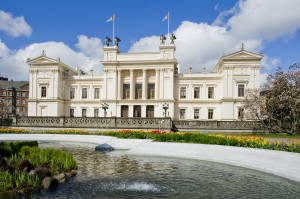
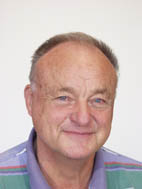
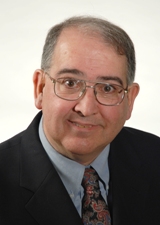
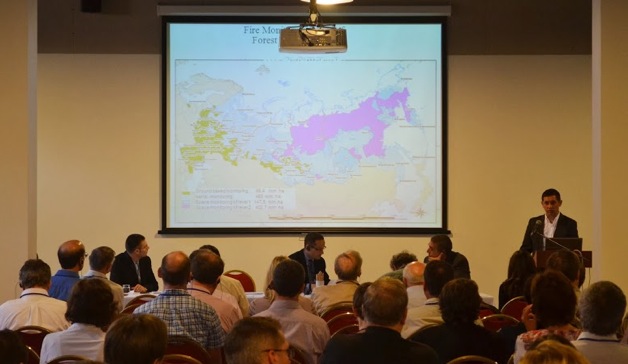

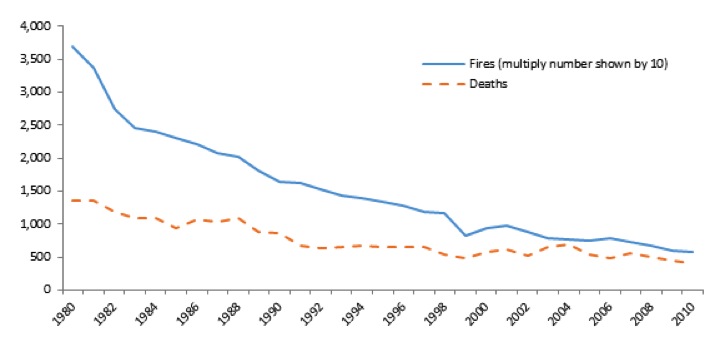
 Dr Natalia Flores-Quiroz is a researcher with experience in fire safety engineering. She worked for five years as a fire safety engineer in the mining industry before joining academia. She holds a MSc in fire safety from Ghent University, and her PhD focused on Fire investigations in Informal Settlements. Currently she is a lecturer at Stellenbosch University, where her main research areas are reconstruction of incidents in low-income settlements (i.e., informal settlements, refugee camps) and wildland urban interface (WUI) fires.
Dr Natalia Flores-Quiroz is a researcher with experience in fire safety engineering. She worked for five years as a fire safety engineer in the mining industry before joining academia. She holds a MSc in fire safety from Ghent University, and her PhD focused on Fire investigations in Informal Settlements. Currently she is a lecturer at Stellenbosch University, where her main research areas are reconstruction of incidents in low-income settlements (i.e., informal settlements, refugee camps) and wildland urban interface (WUI) fires.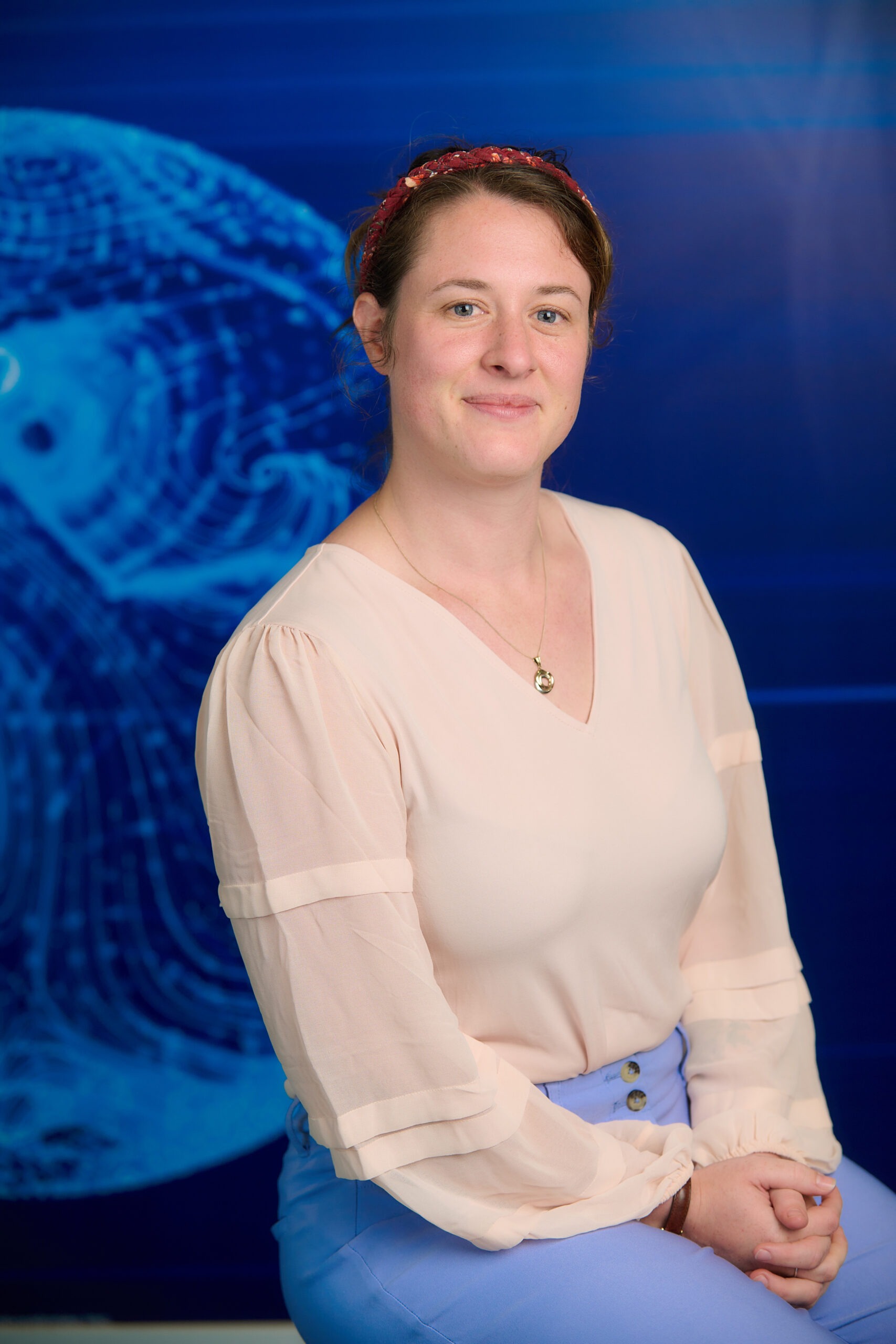 Bronwyn Forrest is a 3rd year PhD student at the University of Waterloo, conducting multi-disciplinary research investigating human physiological response to fire exposure. Bronwyn graduated in 2017 with a BSc. Honours Kinesiology and in 2020 with a MASc. Mechanical & Mechatronics Engineering (Heat Release Rate in Ventilation-Limited Furniture Fires) before merging her two degrees in her PhD research. As a senior graduate student in the Fire Research Group, Bronwyn spear-heads large-scale fire experiments, mentors junior graduate and undergraduate students, and has recently set-up a new ‘human exposure lab’ at the Fire Research Facility where she leads new research in that area. Since her induction into the world of fire science, Bronwyn has grown more and more passionate about the multi-faceted nature of emerging fire safety challenges. Through innovative research, she hopes to make meaningful contributions that help shape changes to fire safety over the course of her career.
Bronwyn Forrest is a 3rd year PhD student at the University of Waterloo, conducting multi-disciplinary research investigating human physiological response to fire exposure. Bronwyn graduated in 2017 with a BSc. Honours Kinesiology and in 2020 with a MASc. Mechanical & Mechatronics Engineering (Heat Release Rate in Ventilation-Limited Furniture Fires) before merging her two degrees in her PhD research. As a senior graduate student in the Fire Research Group, Bronwyn spear-heads large-scale fire experiments, mentors junior graduate and undergraduate students, and has recently set-up a new ‘human exposure lab’ at the Fire Research Facility where she leads new research in that area. Since her induction into the world of fire science, Bronwyn has grown more and more passionate about the multi-faceted nature of emerging fire safety challenges. Through innovative research, she hopes to make meaningful contributions that help shape changes to fire safety over the course of her career.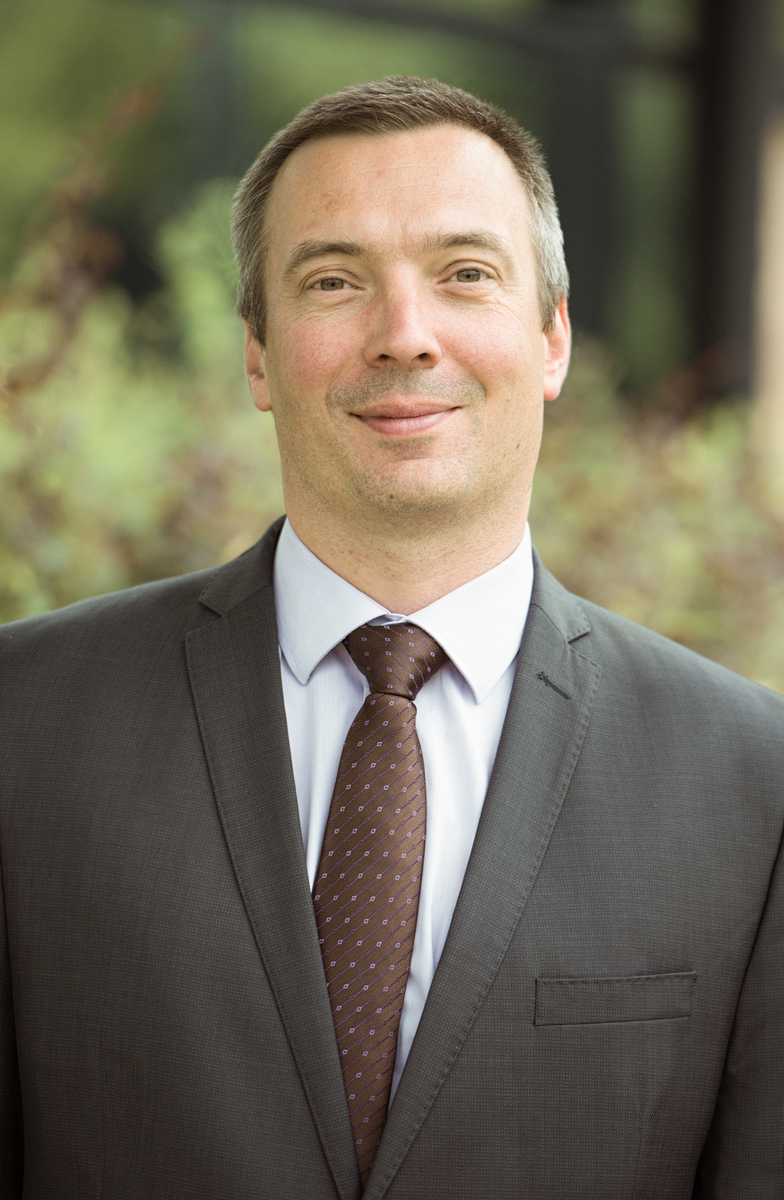 Dr. (HDR) Eric Guillaume has worked in fire sciences since 1998. He formerly led the fire behaviour department of SNCF (French Railway), then changed company in 2005 to join LNE (The French National Laboratory for Testing and Metrology) as head of Fire safety studies department, and later as head of research for whole testing activities of LNE. Nowadays (since 2015), he works for Efectis France, first as Technical Director and more recently as General Manager of the company, leading one of the most important fire testing and fire safety engineering companies in Europe (With approx. 180 people and 28 M€ turnover)
Dr. (HDR) Eric Guillaume has worked in fire sciences since 1998. He formerly led the fire behaviour department of SNCF (French Railway), then changed company in 2005 to join LNE (The French National Laboratory for Testing and Metrology) as head of Fire safety studies department, and later as head of research for whole testing activities of LNE. Nowadays (since 2015), he works for Efectis France, first as Technical Director and more recently as General Manager of the company, leading one of the most important fire testing and fire safety engineering companies in Europe (With approx. 180 people and 28 M€ turnover)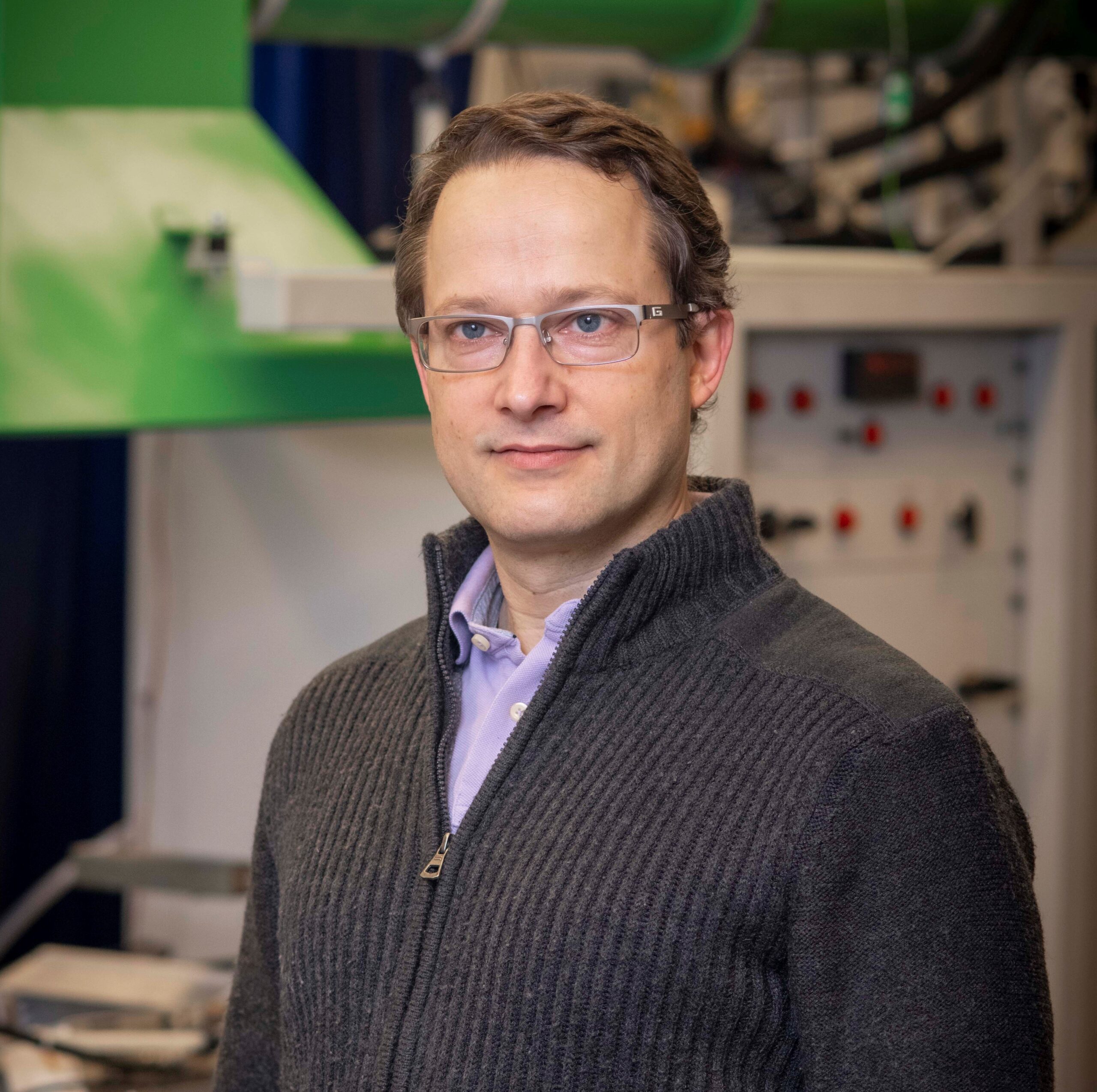 Dr. Albert Simeoni is Professor and the Department Head of Fire Protection Engineering at Worcester Polytechnic Institute (WPI). He is the WPI site director of the Wildfire Interdisciplinary Research Center (WIRC), an Industry-University Cooperative Research Center (IUCRC) of the National Science Foundation (NSF) in the United States. Dr. Simeoni has served IAFSS by being chair or co-chair of the Wildland Fire track (2014, 2020 and 2023), Co-chair of the Awards Committee for the Best Thesis Awards (2023), Associate-Editor of Fire Safety Journal (2010-2015), member of the Editorial Board of Fire Safety Journal (since 2016), and Contributing Editor of Fire Safety Science News (since 2011).
Dr. Albert Simeoni is Professor and the Department Head of Fire Protection Engineering at Worcester Polytechnic Institute (WPI). He is the WPI site director of the Wildfire Interdisciplinary Research Center (WIRC), an Industry-University Cooperative Research Center (IUCRC) of the National Science Foundation (NSF) in the United States. Dr. Simeoni has served IAFSS by being chair or co-chair of the Wildland Fire track (2014, 2020 and 2023), Co-chair of the Awards Committee for the Best Thesis Awards (2023), Associate-Editor of Fire Safety Journal (2010-2015), member of the Editorial Board of Fire Safety Journal (since 2016), and Contributing Editor of Fire Safety Science News (since 2011). Brian J. Meacham, PhD, PE (CT&MA), EUR ING, CEng (UK), FIFireE, FSFPE, is the Managing Principal of Meacham Associates. He develops risk-informed performance-based solutions to complex building and infrastructure challenges, provides peer-review services, and undertakes building and fire regulatory system studies. He also conducts research in these areas as well as in sustainable and fire resilient built environments and fire safety technologies. Brian has authored more than 300 publications, given more than 300 presentations and has been awarded more than $4M in research funding. His prior positions include Associate Professor of Fire Protection Engineering at Worcester Polytechnic Institute, Principal at Arup, Technical Director and Research Director at SFPE, and fire safety engineer in Europe and the USA. Brian is Chair of the ICC Performance Code Committee, Chair of the NFPA Technical Committee on Fire Risk Assessment Methods, Immediate Past Chair of the International Association for Fire Safety Science (IAFSS), a Past President of the SFPE, and a past Chair of the Inter-jurisdictional Regulatory Collaboration Committee (IRCC). He is a licensed Professional Engineer in CT and MA, a Chartered Engineer and Fellow of the Institution of Fire Engineers (UK), a registered European Engineer (EUR ING), a Fellow of the SFPE, and a Fulbright Global Scholar.
Brian J. Meacham, PhD, PE (CT&MA), EUR ING, CEng (UK), FIFireE, FSFPE, is the Managing Principal of Meacham Associates. He develops risk-informed performance-based solutions to complex building and infrastructure challenges, provides peer-review services, and undertakes building and fire regulatory system studies. He also conducts research in these areas as well as in sustainable and fire resilient built environments and fire safety technologies. Brian has authored more than 300 publications, given more than 300 presentations and has been awarded more than $4M in research funding. His prior positions include Associate Professor of Fire Protection Engineering at Worcester Polytechnic Institute, Principal at Arup, Technical Director and Research Director at SFPE, and fire safety engineer in Europe and the USA. Brian is Chair of the ICC Performance Code Committee, Chair of the NFPA Technical Committee on Fire Risk Assessment Methods, Immediate Past Chair of the International Association for Fire Safety Science (IAFSS), a Past President of the SFPE, and a past Chair of the Inter-jurisdictional Regulatory Collaboration Committee (IRCC). He is a licensed Professional Engineer in CT and MA, a Chartered Engineer and Fellow of the Institution of Fire Engineers (UK), a registered European Engineer (EUR ING), a Fellow of the SFPE, and a Fulbright Global Scholar. Kazunori Harada is a professor of architecture & architectural engineering at Kyoto University, Japan. He has a career in fire research for over 35 years. He has authored 14 IAFSS symposium papers. His expertise covers the fire resistance of construction materials, smoke movement and control, burning of combustibles in open and compartment, performance-based code & design of buildings and so on. He serves as a vice president of AOAFST, Asia-Oceania Association of Fire Science and Technology. He also serves as the Convenor of ISO/TC92/SC4 WG9, calculation methods for fire safety engineering (FSE), which develops calculation standards concerning FSE.
Kazunori Harada is a professor of architecture & architectural engineering at Kyoto University, Japan. He has a career in fire research for over 35 years. He has authored 14 IAFSS symposium papers. His expertise covers the fire resistance of construction materials, smoke movement and control, burning of combustibles in open and compartment, performance-based code & design of buildings and so on. He serves as a vice president of AOAFST, Asia-Oceania Association of Fire Science and Technology. He also serves as the Convenor of ISO/TC92/SC4 WG9, calculation methods for fire safety engineering (FSE), which develops calculation standards concerning FSE.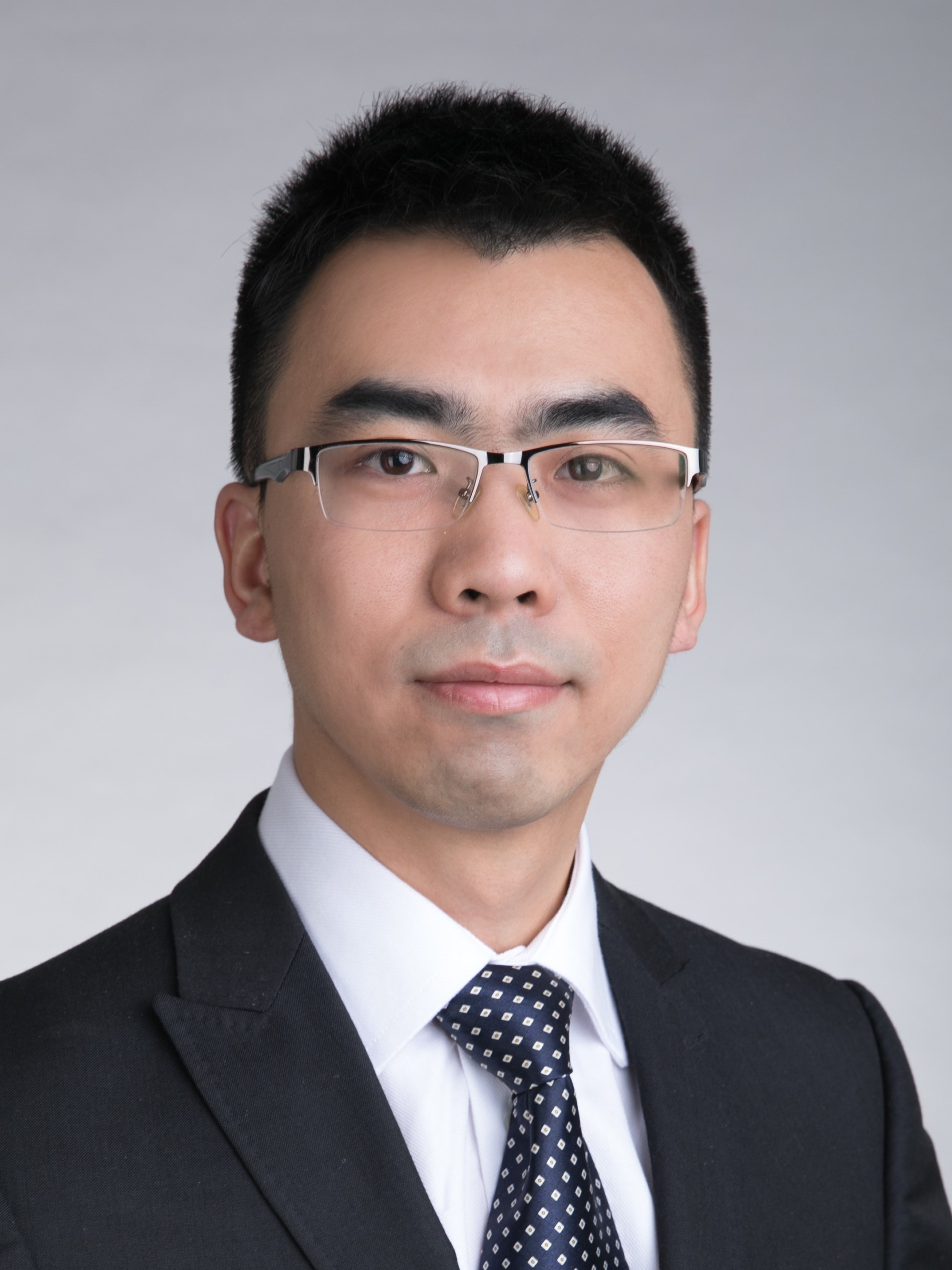 Dr Xinyan Huang is an Associate Professor at The Hong Kong Polytechnic University and the Deputy Director of the Research Centre for Fire Safety Engineering. He received his PhD from Imperial College London, MSc from UC San Diego, and BEng from Southeast University, and was a Postdoc at UC Berkeley. Dr Huang is a Combustion Scientist and a Fire Safety Engineer who has co-authored over 200 journal papers. He is an Associate Editor of Fire Technology and International Journal of Wildland Fire, an editorial member of J. Building Engineering, Fire Safety J. and Fire and Materials, a Chartered Building Services and Fire Engineer, a committee member for HK Fire Safety Code, and a Fire Expert for HK High Court. He receives the NSFC Excellent Young Scientists Fund, Bernard Lewis Fellowship and Sugden Best Paper Award from Combustion Institute, “5 under 35” and Bono Award from the Society of Fire Protection Engineers (SFPE).
Dr Xinyan Huang is an Associate Professor at The Hong Kong Polytechnic University and the Deputy Director of the Research Centre for Fire Safety Engineering. He received his PhD from Imperial College London, MSc from UC San Diego, and BEng from Southeast University, and was a Postdoc at UC Berkeley. Dr Huang is a Combustion Scientist and a Fire Safety Engineer who has co-authored over 200 journal papers. He is an Associate Editor of Fire Technology and International Journal of Wildland Fire, an editorial member of J. Building Engineering, Fire Safety J. and Fire and Materials, a Chartered Building Services and Fire Engineer, a committee member for HK Fire Safety Code, and a Fire Expert for HK High Court. He receives the NSFC Excellent Young Scientists Fund, Bernard Lewis Fellowship and Sugden Best Paper Award from Combustion Institute, “5 under 35” and Bono Award from the Society of Fire Protection Engineers (SFPE).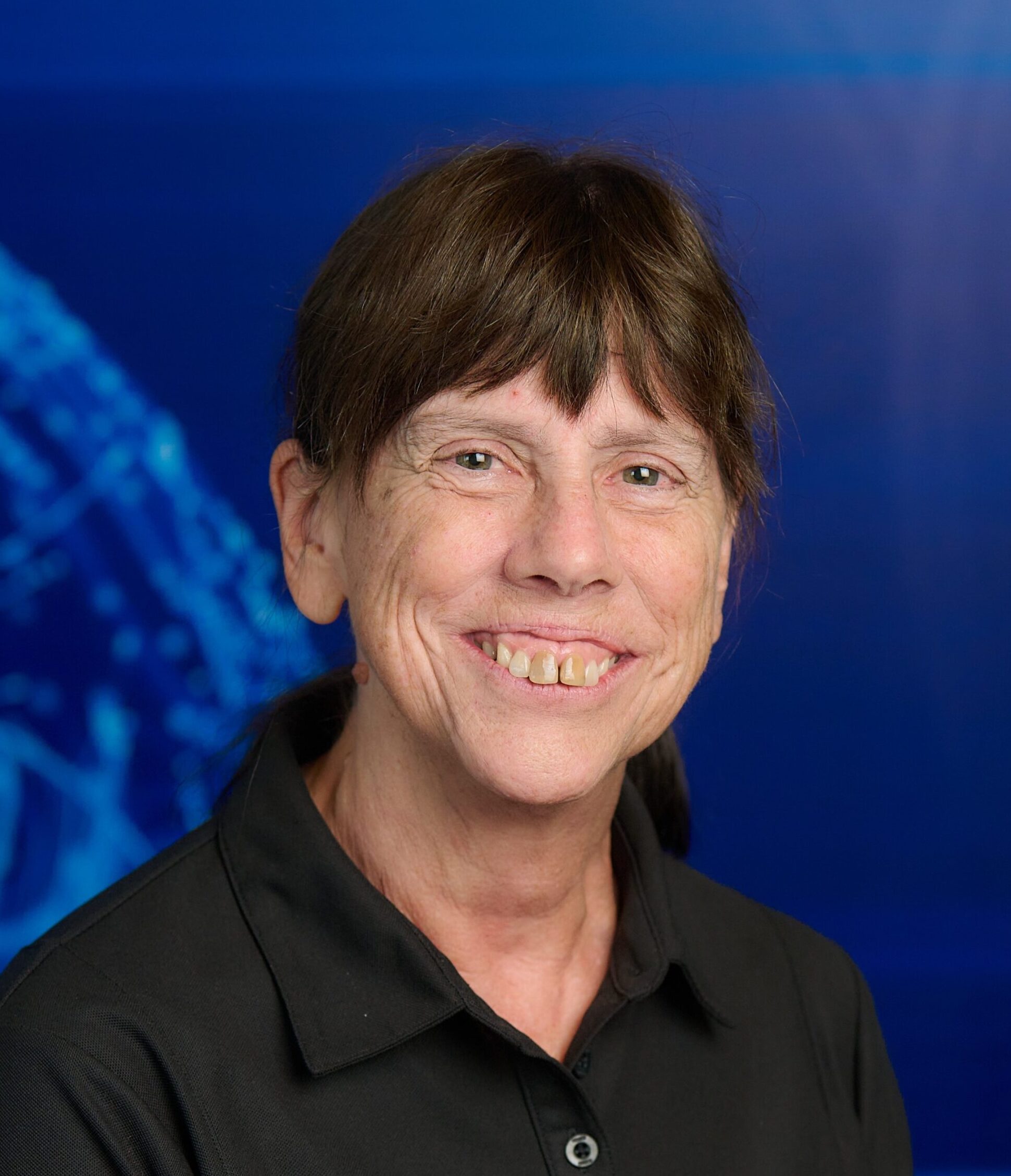
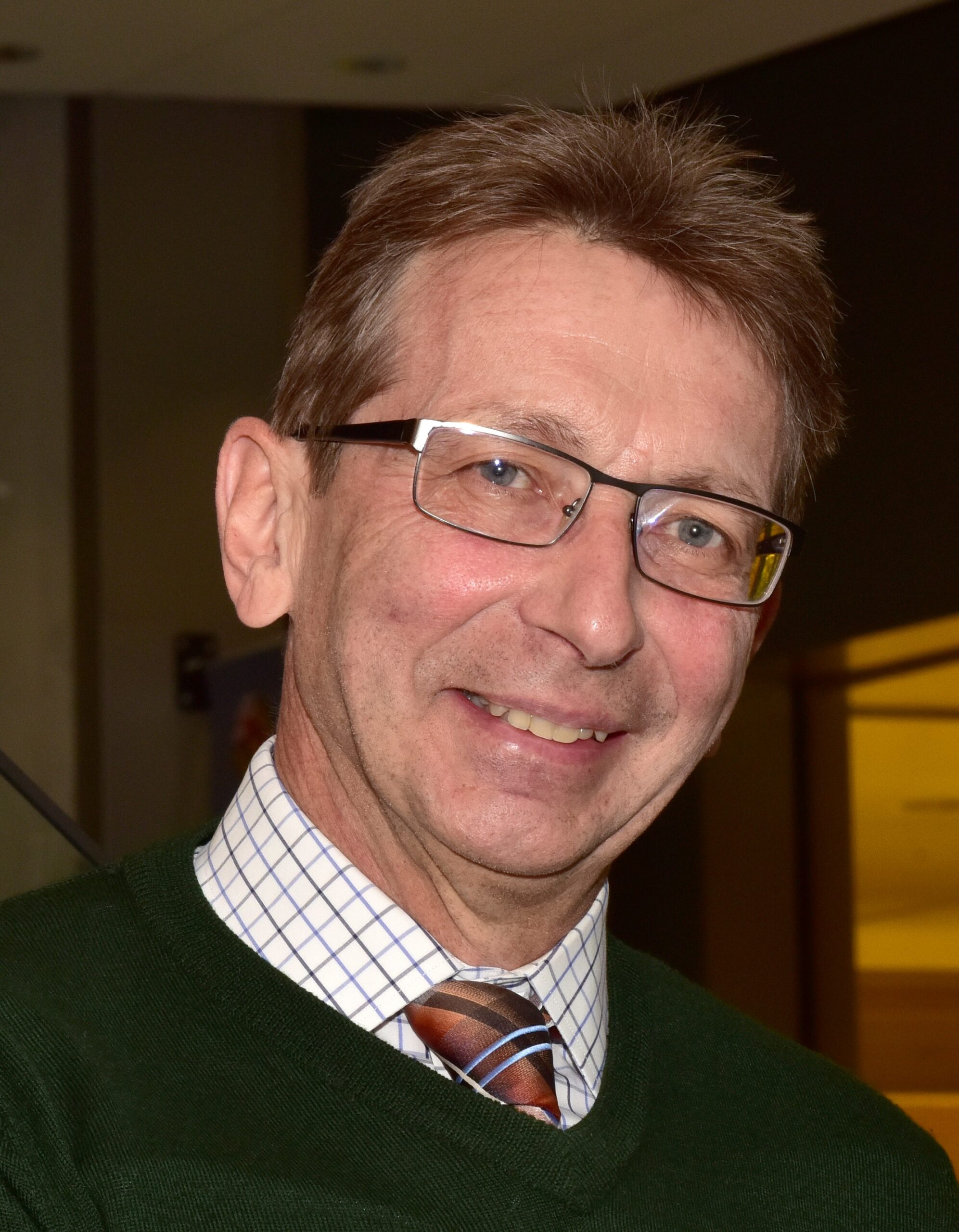 Arnaud Trouvé is Professor and Chair in the Department of Fire Protection Engineering at the University of Maryland in College Park, USA. He joined the Faculty in 2001 with a Ph.D. (1989) and Engineering Degree (1985) from École Centrale of Paris, France, and with previous experience as a combustion research engineer. Professor Trouvé’s research interests include fire modeling and Computational Fluid Dynamics (CFD); application of data assimilation to fire and combustion; and physical modeling of combustion- and fire-related phenomena, including compartment fires, wildland fires and explosions. Professor Trouvé is a Fellow of the Combustion Institute and the recipient of the 2017 FORUM Sjölin Award. He has served on the editorial boards of the Proceedings of the Combustion Institute, Progress in Energy and Combustion Science, Combustion and Flame, and Fire Technology, and is currently on the editorial boards of Combustion Theory and Modelling and the Fire Safety Journal. Professor Trouvé is also a past Chair of the US Eastern States Section of the Combustion Institute (ESSCI) and a past Member of the Executive Board of the International Association for Fire Safety Science (IAFSS). He is a co-Chair of a recent initiative endorsed by IAFSS and called the “IAFSS Working Group on Measurement and Computation of Fire Phenomena” (the MaCFP Working Group) and the past Chair of a new network of leading higher-education institutions and research laboratories in fire safety engineering called the International Fire Safety Consortium (IFSC).
Arnaud Trouvé is Professor and Chair in the Department of Fire Protection Engineering at the University of Maryland in College Park, USA. He joined the Faculty in 2001 with a Ph.D. (1989) and Engineering Degree (1985) from École Centrale of Paris, France, and with previous experience as a combustion research engineer. Professor Trouvé’s research interests include fire modeling and Computational Fluid Dynamics (CFD); application of data assimilation to fire and combustion; and physical modeling of combustion- and fire-related phenomena, including compartment fires, wildland fires and explosions. Professor Trouvé is a Fellow of the Combustion Institute and the recipient of the 2017 FORUM Sjölin Award. He has served on the editorial boards of the Proceedings of the Combustion Institute, Progress in Energy and Combustion Science, Combustion and Flame, and Fire Technology, and is currently on the editorial boards of Combustion Theory and Modelling and the Fire Safety Journal. Professor Trouvé is also a past Chair of the US Eastern States Section of the Combustion Institute (ESSCI) and a past Member of the Executive Board of the International Association for Fire Safety Science (IAFSS). He is a co-Chair of a recent initiative endorsed by IAFSS and called the “IAFSS Working Group on Measurement and Computation of Fire Phenomena” (the MaCFP Working Group) and the past Chair of a new network of leading higher-education institutions and research laboratories in fire safety engineering called the International Fire Safety Consortium (IFSC).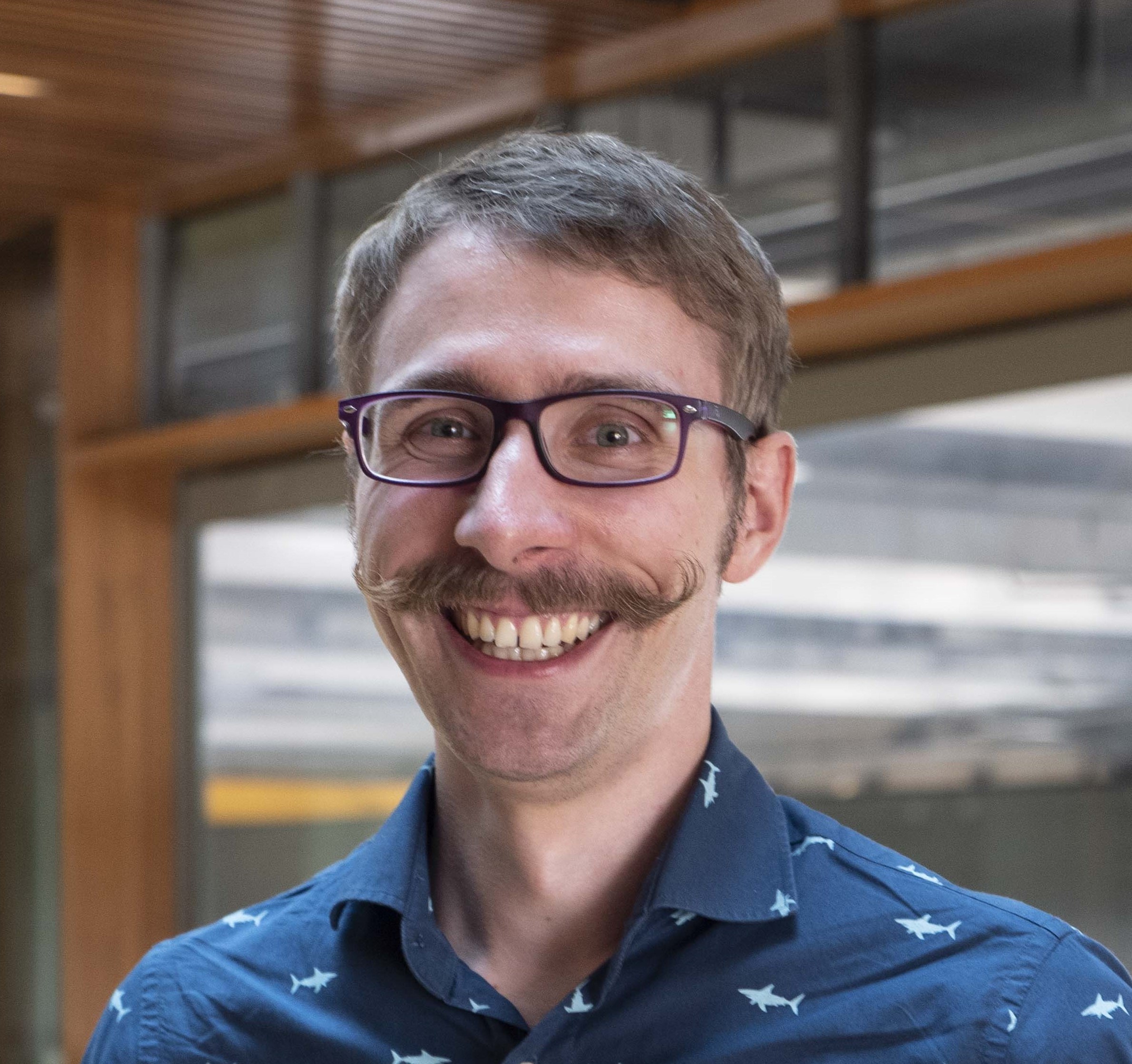 Dr Felix Wiesner is an Assistant Professor at the University of British Columbia and study the role of engineered timber in fire safety. I work in the Faculty of Forestry as part of the Wood Science department. My research focus has mostly been experimental, considering fire dynamics in timber compartments and the structural fire capacity of engineered timber products. In addition, I am interested in the performance of timber in exterior building or infrastructure setting. This closely interfaces with wildfire considerations for the wildland urban interface (WUI), especially when it comes to smouldering.
Dr Felix Wiesner is an Assistant Professor at the University of British Columbia and study the role of engineered timber in fire safety. I work in the Faculty of Forestry as part of the Wood Science department. My research focus has mostly been experimental, considering fire dynamics in timber compartments and the structural fire capacity of engineered timber products. In addition, I am interested in the performance of timber in exterior building or infrastructure setting. This closely interfaces with wildfire considerations for the wildland urban interface (WUI), especially when it comes to smouldering. Prof. Yuji Nakamura is Full Professor in Department of Mechanical Engineering, Toyohashi University of Technology (TUT), appointed as Affiliate Full Professor in Center for Fire Science and Technology, Tokyo University of Science (since 2014). He currently serves the Head of Energy Conversion Laboratory and appointed as Department Chair since 2024. Prof. Nakamura has made professional service in Fire Science Community served as Management Committee of IAFSS during 2021-2023, worked as Co-chair of LOC in the most recent IAFSS symposium at Tsukuba, acting Associate Editor of Fire Technology since 2014 and board member of Fire Safety Journal since 2017.
Prof. Yuji Nakamura is Full Professor in Department of Mechanical Engineering, Toyohashi University of Technology (TUT), appointed as Affiliate Full Professor in Center for Fire Science and Technology, Tokyo University of Science (since 2014). He currently serves the Head of Energy Conversion Laboratory and appointed as Department Chair since 2024. Prof. Nakamura has made professional service in Fire Science Community served as Management Committee of IAFSS during 2021-2023, worked as Co-chair of LOC in the most recent IAFSS symposium at Tsukuba, acting Associate Editor of Fire Technology since 2014 and board member of Fire Safety Journal since 2017. ROGAUME Thomas is an Professor at the University of Poitiers – Pprime Institute (UPR3346 CNRS), FRANCE.
ROGAUME Thomas is an Professor at the University of Poitiers – Pprime Institute (UPR3346 CNRS), FRANCE.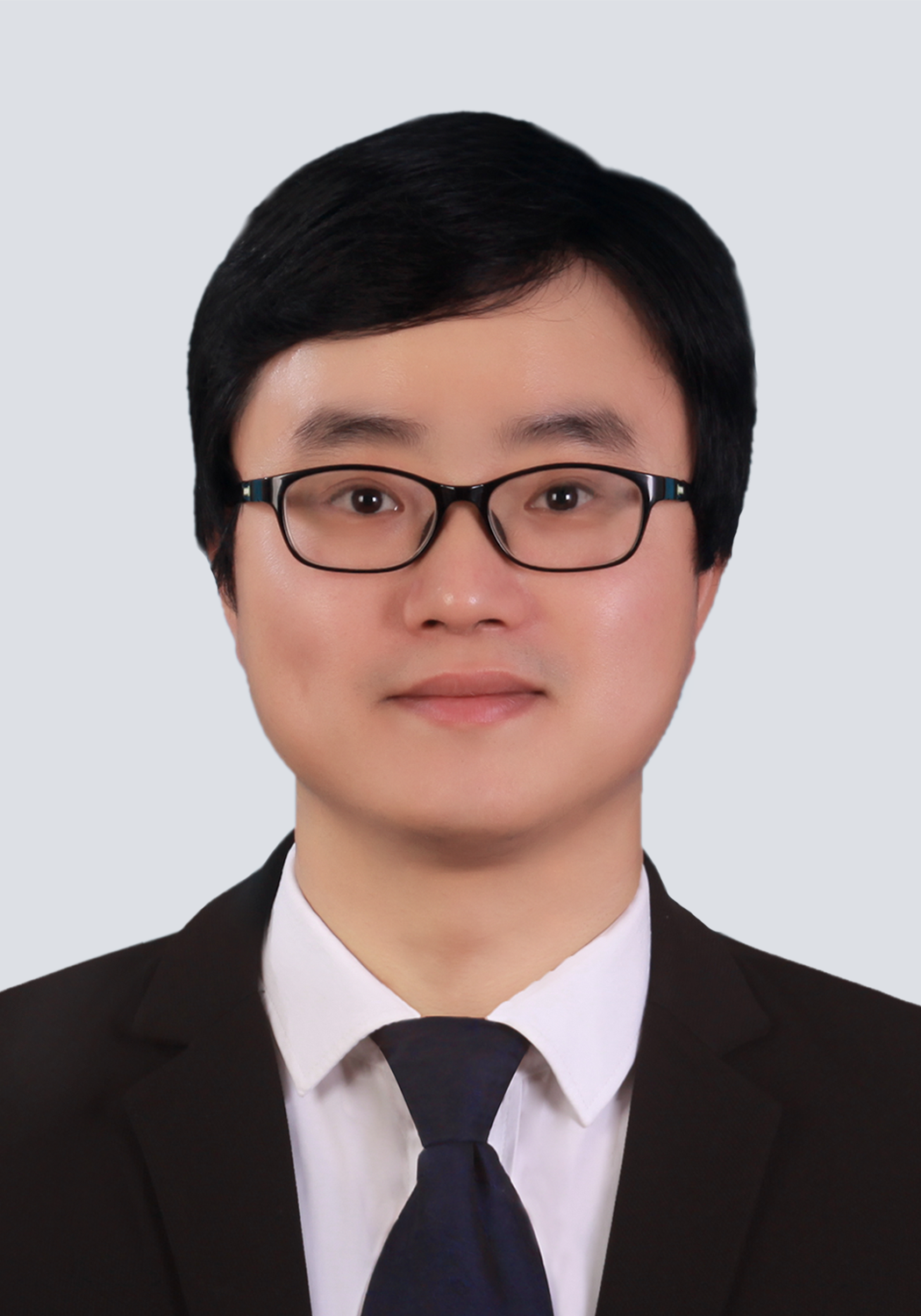 Yu Wang is a professor at the State Key Laboratory of Fire Science, University of Science and Technology of China (USTC). He got joint Ph.D. from USTC and the City University of Hong Kong in 2016 and had working experience at the University of Edinburgh, Worcester Polytechnic Institute and National University of Singapore before returning to China in 2020. His primary research areas are high-rise building fire and large outdoor fire. Yu has published over 50 SCI journal papers, and is currently an Associate Editor in Fire Technology and Editorial Board Member in Fire Safety Journal. He initiated the first English fire course at USTC, Introduction of Fire Dynamics, reported by China News and People’s Daily Online (over 260,000 audiences). In recent years, he has received SFPE Global 5 Under 35 Award, Youth May Fourth Medal (Anhui Province), Young Faculty Career Award (USTCAF), and some Best Paper/Presentation/Poster/Image Awards in IAFSS or AOSFST.
Yu Wang is a professor at the State Key Laboratory of Fire Science, University of Science and Technology of China (USTC). He got joint Ph.D. from USTC and the City University of Hong Kong in 2016 and had working experience at the University of Edinburgh, Worcester Polytechnic Institute and National University of Singapore before returning to China in 2020. His primary research areas are high-rise building fire and large outdoor fire. Yu has published over 50 SCI journal papers, and is currently an Associate Editor in Fire Technology and Editorial Board Member in Fire Safety Journal. He initiated the first English fire course at USTC, Introduction of Fire Dynamics, reported by China News and People’s Daily Online (over 260,000 audiences). In recent years, he has received SFPE Global 5 Under 35 Award, Youth May Fourth Medal (Anhui Province), Young Faculty Career Award (USTCAF), and some Best Paper/Presentation/Poster/Image Awards in IAFSS or AOSFST.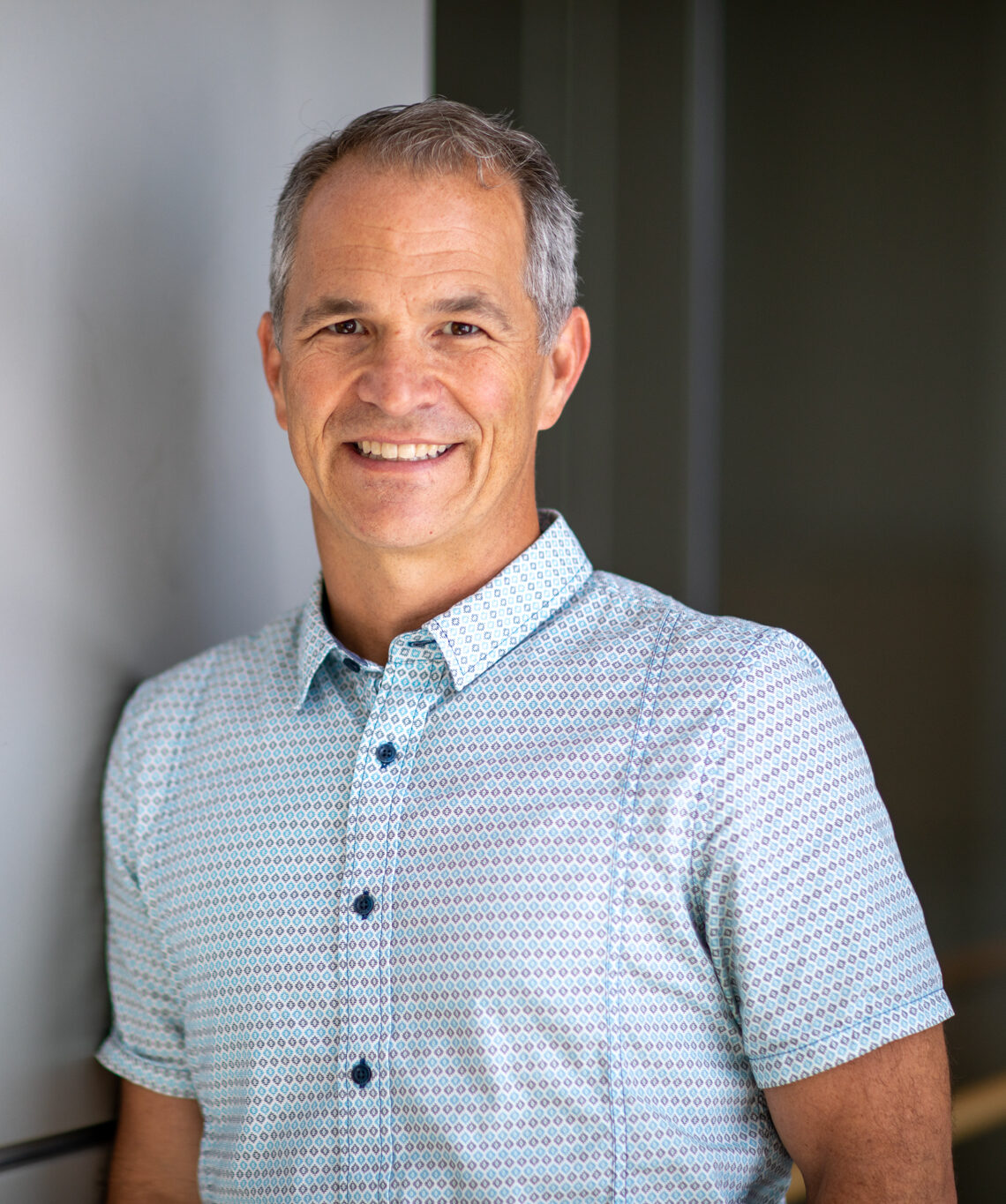 Brian Lattimer, Ph.D. is a Professor in Mechanical Engineering at Virginia Tech where he performs experimental and computational research on fire safety and disaster resilience. He has nearly 30 years of experience in fire related research. His research areas include material behavior in fires, fire dynamics, suppression agents, heat transfer from fires to surfaces, structural response during fire, and firefighting technology.
Brian Lattimer, Ph.D. is a Professor in Mechanical Engineering at Virginia Tech where he performs experimental and computational research on fire safety and disaster resilience. He has nearly 30 years of experience in fire related research. His research areas include material behavior in fires, fire dynamics, suppression agents, heat transfer from fires to surfaces, structural response during fire, and firefighting technology.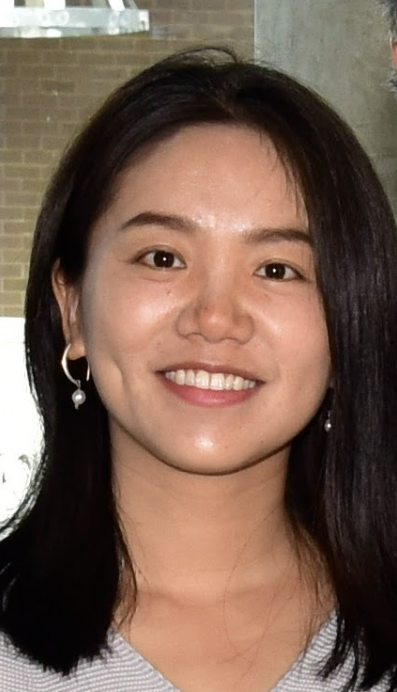 Dr. Shuna Ni is an Assistant Professor in the Department of Fire Protection Engineering at the University of Maryland, College Park. She received her Ph.D. degree at Texas A&M University in 2018 and her Master’s degree at Tongji University in 2013. Dr. Ni’s research focuses on fire forensics, structural fire engineering, WUI fire resilience, fire safety of tall mass-timber buildings and fire-related multiple hazards. Her research has been funded by National Science Foundation, National Institute of Justice, Fire Protection Research Foundation, University Transportation Centers under the Department of Transportation, Grand Challenges Grants Program at the University of Maryland and industrial partners.
Dr. Shuna Ni is an Assistant Professor in the Department of Fire Protection Engineering at the University of Maryland, College Park. She received her Ph.D. degree at Texas A&M University in 2018 and her Master’s degree at Tongji University in 2013. Dr. Ni’s research focuses on fire forensics, structural fire engineering, WUI fire resilience, fire safety of tall mass-timber buildings and fire-related multiple hazards. Her research has been funded by National Science Foundation, National Institute of Justice, Fire Protection Research Foundation, University Transportation Centers under the Department of Transportation, Grand Challenges Grants Program at the University of Maryland and industrial partners.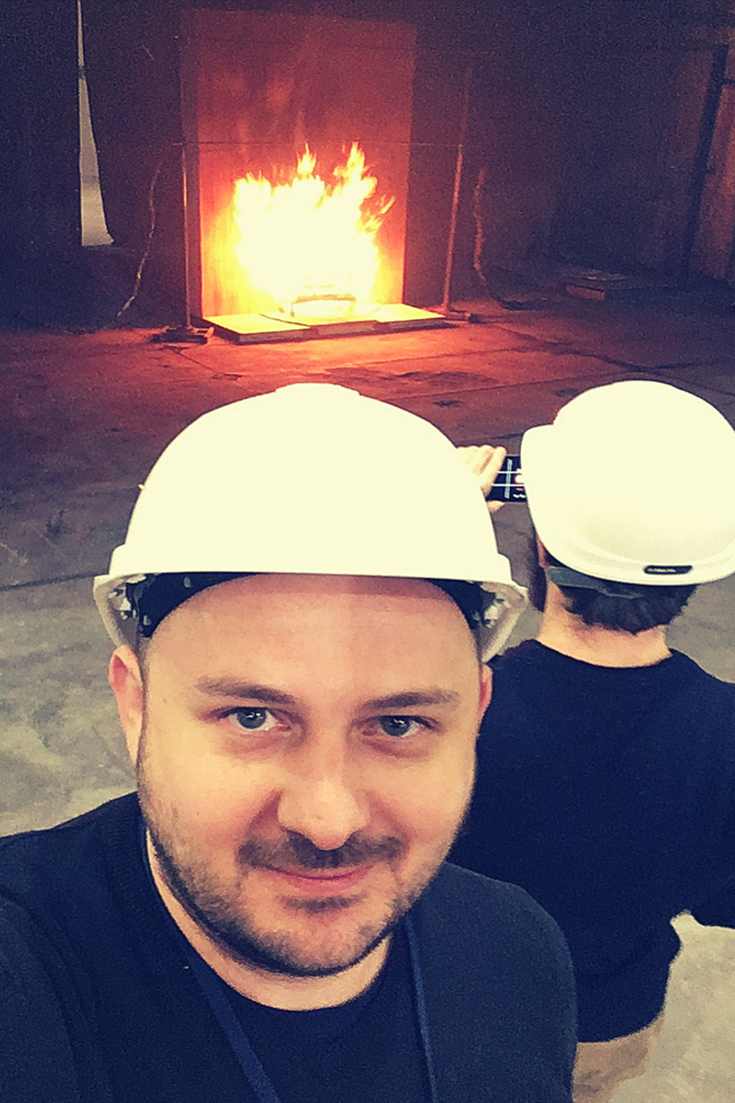 Dr Wojciech Węgrzyński is with ITB, that is the Polish Building Research Institute in Warsaw. He currently holds the position of the Deputy Head of Fire Research Department and the Professor of the Institute, and a Director at SFPE Europe. He is the Author of 40 peer-reviewed papers published in all of the primary FSE journals. His main area of interest is the fundamentals of compartment fire dynamics and standardized fire testing, and also: use of computational fluid dynamics in fire, wind and fire interaction and evaluation of the effects of the spread of smoke in buildings. His research is focused on the impact of the architectural context of the building on the smoke control performance, as well as finding solutions to make the smoke exhaust systems cheaper and more efficient. Member of the Sub-committee for Research of the IAFSS. 2018 NFPA Harry C. Bigglestone Award Recipient; 2019 Jack Watts Award Recipient; 2020 SFPE 5 Under 35 Award Recipient. Member of Editorial Board of ‘Fire Technology. Hosts a fire podcast at
Dr Wojciech Węgrzyński is with ITB, that is the Polish Building Research Institute in Warsaw. He currently holds the position of the Deputy Head of Fire Research Department and the Professor of the Institute, and a Director at SFPE Europe. He is the Author of 40 peer-reviewed papers published in all of the primary FSE journals. His main area of interest is the fundamentals of compartment fire dynamics and standardized fire testing, and also: use of computational fluid dynamics in fire, wind and fire interaction and evaluation of the effects of the spread of smoke in buildings. His research is focused on the impact of the architectural context of the building on the smoke control performance, as well as finding solutions to make the smoke exhaust systems cheaper and more efficient. Member of the Sub-committee for Research of the IAFSS. 2018 NFPA Harry C. Bigglestone Award Recipient; 2019 Jack Watts Award Recipient; 2020 SFPE 5 Under 35 Award Recipient. Member of Editorial Board of ‘Fire Technology. Hosts a fire podcast at  Jennifer Wen is currently Professor of Energy Resilience in the School of Mechanical Engineering Sciences, University of Surrey as Professor. Previously, Jennifer held positions at Computational Dynamics Limited (founding vendor of STAR-CCM), British Gas plc, South Bank University, Kingston University London, and University of Warwick. She is a Fellow of the Institution of Mechanical Engineers and Vice-Chair for Research for the International Association for Fire Safety Science. Jennifer is also a member and sub-task leader of the European Safety Panel on Hydrogen Safety (EHSP) established by the Fuel Cell and Hydrogen Joint Undertaking (now Clean Hydrogen Partnership) of the European Commission. She is an Associate Editor for the Proceedings of the Combustion Institute.
Jennifer Wen is currently Professor of Energy Resilience in the School of Mechanical Engineering Sciences, University of Surrey as Professor. Previously, Jennifer held positions at Computational Dynamics Limited (founding vendor of STAR-CCM), British Gas plc, South Bank University, Kingston University London, and University of Warwick. She is a Fellow of the Institution of Mechanical Engineers and Vice-Chair for Research for the International Association for Fire Safety Science. Jennifer is also a member and sub-task leader of the European Safety Panel on Hydrogen Safety (EHSP) established by the Fuel Cell and Hydrogen Joint Undertaking (now Clean Hydrogen Partnership) of the European Commission. She is an Associate Editor for the Proceedings of the Combustion Institute.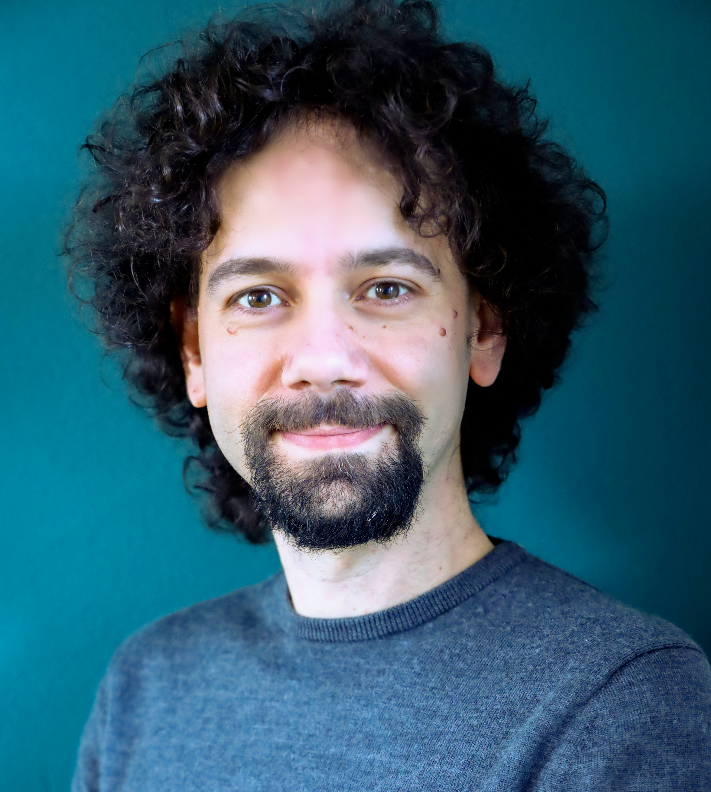 Enrico Ronchi is an Associate Professor at Lund University, Sweden. His research and education activities are focused on evacuation and human behaviour in case of building fires and wildfires. His work has been published in over 150 publications (including >90 peer-reviewed journal papers). He is currently Associate Editor for the journals Fire Technology and Safety Science and member of the editorial board of the Fire Safety Journal.
Enrico Ronchi is an Associate Professor at Lund University, Sweden. His research and education activities are focused on evacuation and human behaviour in case of building fires and wildfires. His work has been published in over 150 publications (including >90 peer-reviewed journal papers). He is currently Associate Editor for the journals Fire Technology and Safety Science and member of the editorial board of the Fire Safety Journal.